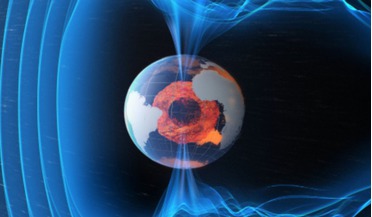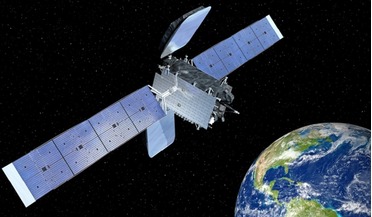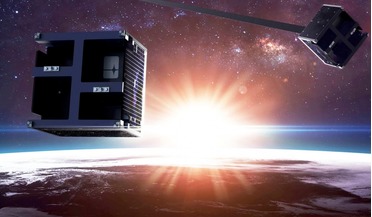 August 2016
Our changing world and the mounting risk of a calamitous solar storm
August 2016
Our changing world and the mounting risk of a calamitous solar storm
... transport way-station for transitioning from chemically fuelled rocket launchers to much more efficient electric ion propulsion systems that could fly on to the Moon and Mars? Conceptual study of magnetic structure in space to create a safe...
 April 2018
Servicing the space economy
April 2018
Servicing the space economy
... up in the atmosphere, undock from that descending debris and then travel, using its highly efficient electric propulsion engine, to another spacecraft or debris object and deorbit that too; and so forth, to allow an economic commercial system...
 September 2020
Tackling space debris - a global priority
September 2020
Tackling space debris - a global priority
... undergoes a deorbiting manoeuvre. Space-based laser This is another contactless technique, based on the principle of ablative laser propulsion, which relies on using a high-power laser to ablate the debris surface. As the vapour is ejected from the...
 May 2022
The Space Industry in 2022
May 2022
The Space Industry in 2022
...(Size, Weight and Power) and most capable electric propulsion for spacecraft autonomy, collision avoidance and deorbiting once ...validate the company’s proprietary clean and water-based propulsion technologies. Stay tuned. About the author Josephine ...
 April 2025
Spacecraft anomalies and insurance losses
April 2025
Spacecraft anomalies and insurance losses
... concentrate their efforts. Indeed, the power subsystem may grow in importance as more satellites come to rely on electric propulsion for orbit raising. Meanwhile, antennas and beams already cause 40 percent of high-value, sometimes extremely large...
 November 2025
Extra-terrestrial Skyring: managing space debris with an artificial planetary ring
November 2025
Extra-terrestrial Skyring: managing space debris with an artificial planetary ring
...power as the main energy source for the power and propulsion systems. This implies either the use of solar sails... into space. Dr Long has published extensively on advanced propulsion, mission architectures and the future of space infrastructure. He...